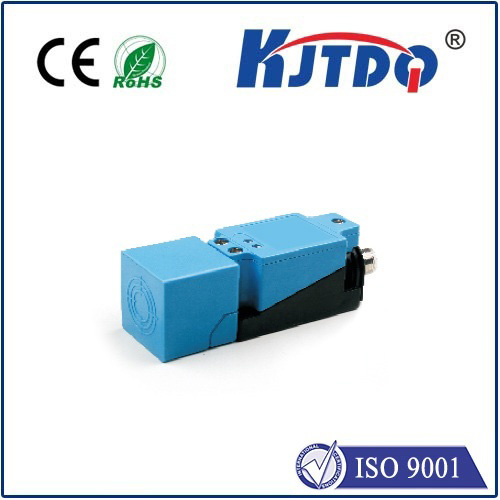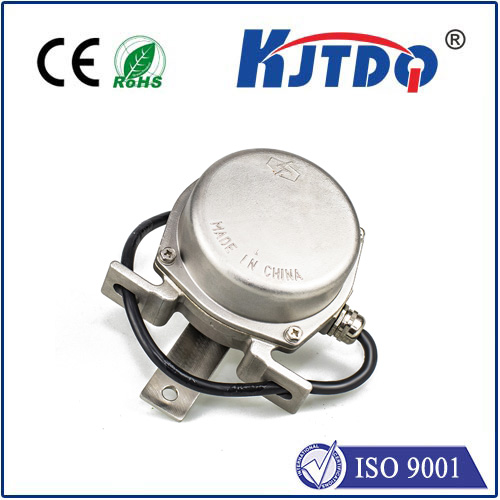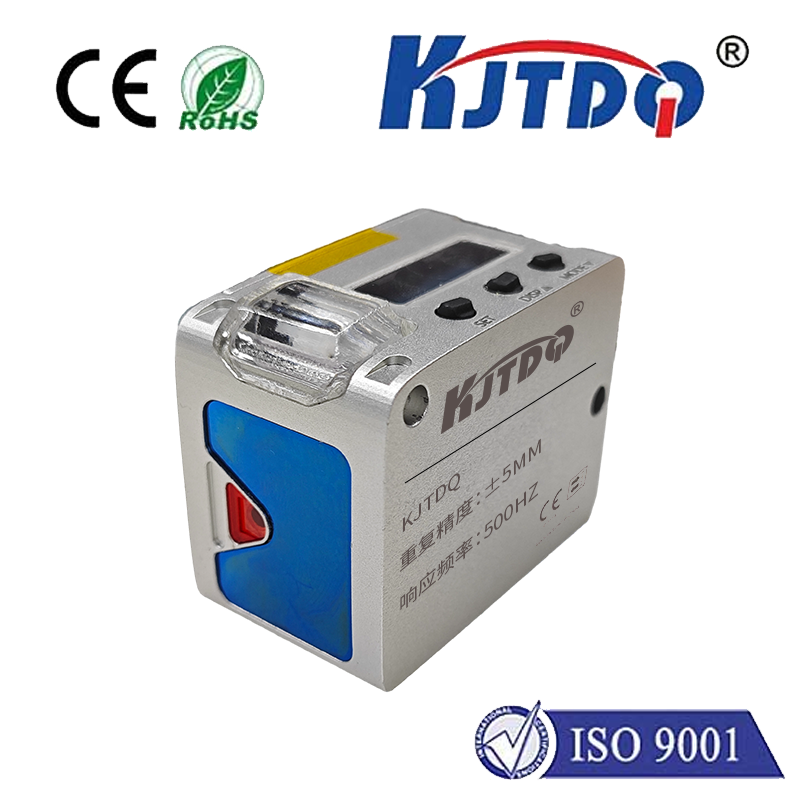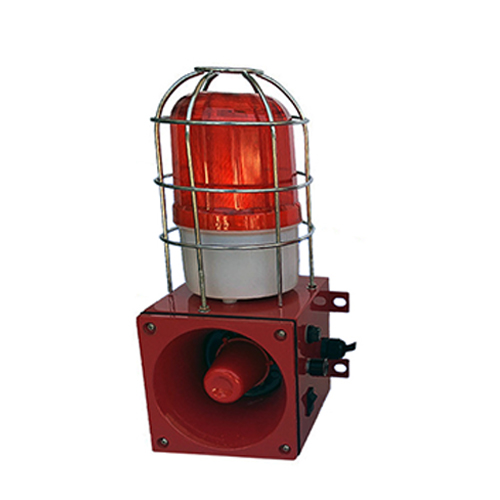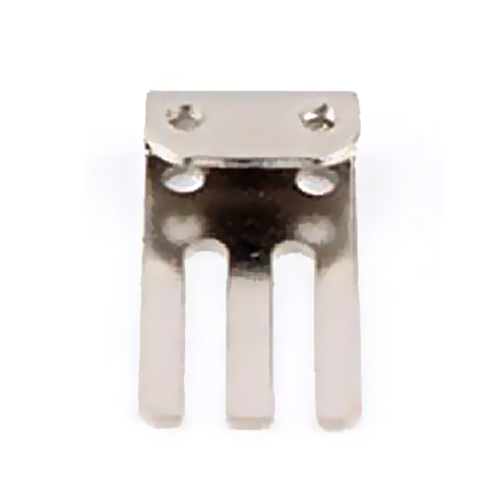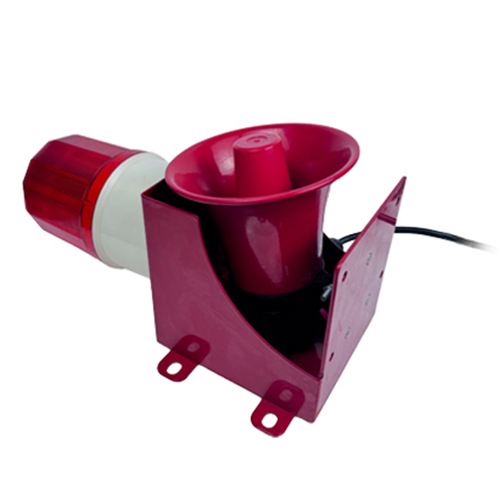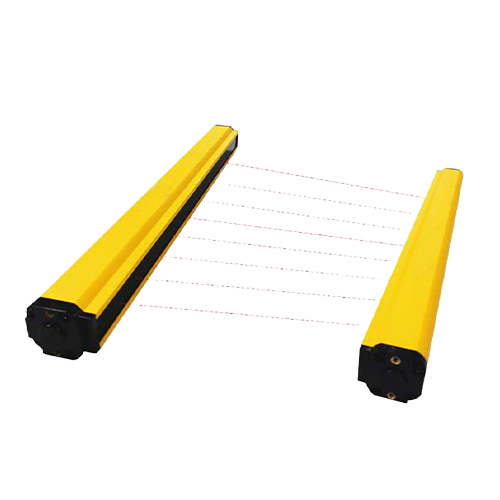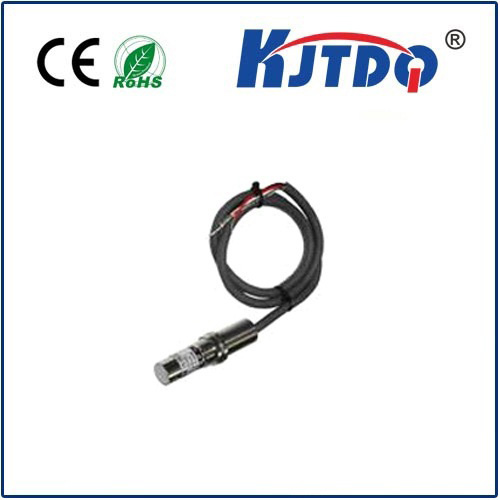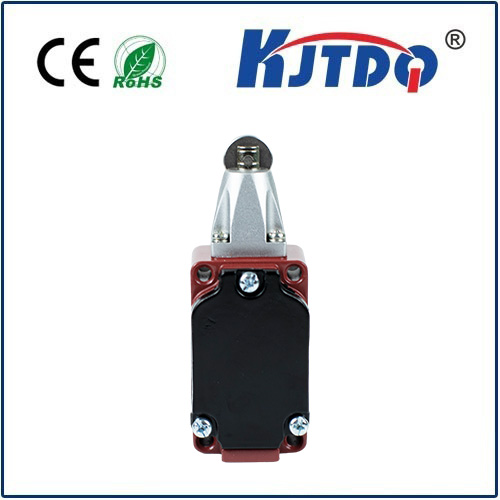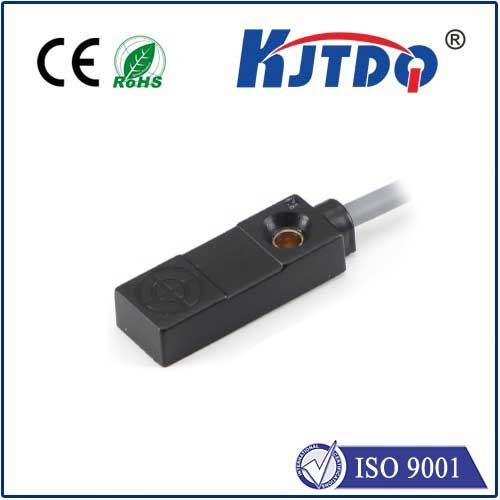

check

check

check

check

check

check

check

check

check

check
Ever wondered how a complex assembly line flawlessly stops a robotic arm millimeters before collision? Or how your smartphone screen instantly dims when held to your ear? The silent hero enabling such sophisticated, non-contact detection is often an inductive proximity sensor, specifically the remarkably versatile M6 proximity sensor. This compact powerhouse delivers reliable presence detection in demanding industrial environments, proving that big performance often comes in small packages.
Understanding the M6 Naming Convention
The “M6” designation primarily refers to the sensor’s thread size: a standard M6 x 1 metric thread. This small profile (roughly 6mm in diameter) makes M6 sensors ideal for installations where space is at a premium – think cramped machinery, compact automation cells, or densely packed circuit boards. While size is the key identifier, M6 sensors encompass various technologies, with inductive sensors being overwhelmingly the most common. These detect metallic objects without physical contact via electromagnetic fields.
How M6 Inductive Proximity Sensors Work: Eddy Currents in Action
The core principle is elegantly simple. Inside the sensor’s typically stainless steel housing (often featuring an IP67 or IP68 rating for dust/water resistance), a coil generates a high-frequency oscillating electromagnetic field from its sensing face. When a ferrous metal (like iron or steel) or a non-ferrous metal (like aluminum, brass, or copper) enters this field, eddy currents are induced on the target’s surface. These eddy currents draw energy from the sensor’s oscillator circuit, causing a measurable change in its amplitude or frequency. An internal circuit detects this change and triggers an electronic switch (typically an NPN or PNP transistor output), signaling the presence of the target object. Crucially, this all happens without any physical contact, eliminating friction, wear, and potential damage.

Key Technical Specifications and Features
Beyond their compact size, M6 proximity sensors are defined by several critical specifications:
Sn) for M6 inductive sensors range from 0.8 mm to 2 mm for standard ferrous metals. Factors influencing range include:Sn 0.4mm or 0.6mm for aluminum).Where M6 Proximity Sensors Shine: Compact Power Meets Diverse Needs
The unique blend of miniature size, robust construction, and reliable detection makes M6 proximity sensors indispensable across countless applications:
Advantages Driving Adoption
Why choose an M6 proximity sensor over larger alternatives or other sensing technologies?
Choosing the Right M6 Sensor: Key Considerations
Selecting the optimal M6 sensor requires careful attention to:
Sn): Based on installation geometry and target.Conclusion: The Indispensable Tiny Guardian
The M6 proximity sensor exemplifies how advanced sensing technology can be packaged into an incredibly small form factor. Its ability to provide reliable, non-contact detection of metallic objects in the tightest spaces underpins countless automated processes and safety systems. By understanding the principles behind inductive sensing, the implications of its compact M6 thread size, and carefully selecting based on target material, range, output type, and environmental needs, engineers can leverage these miniature marvels to enhance precision, reliability, and efficiency across a vast spectrum of industrial and technological applications.
